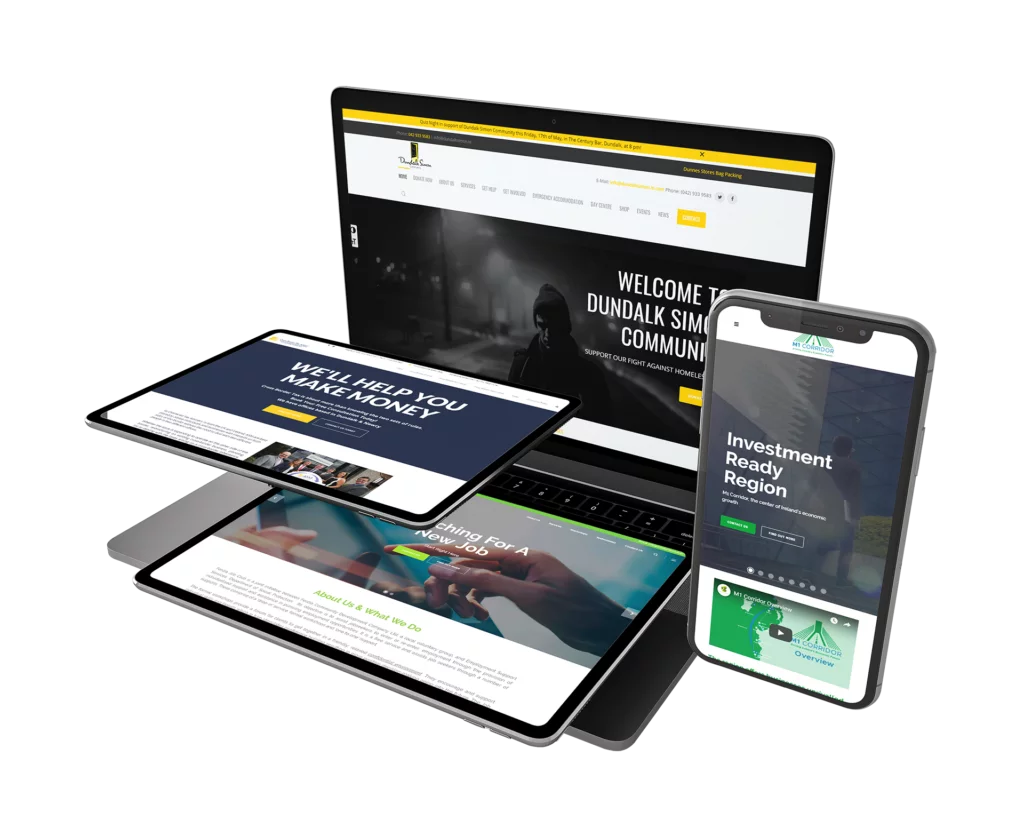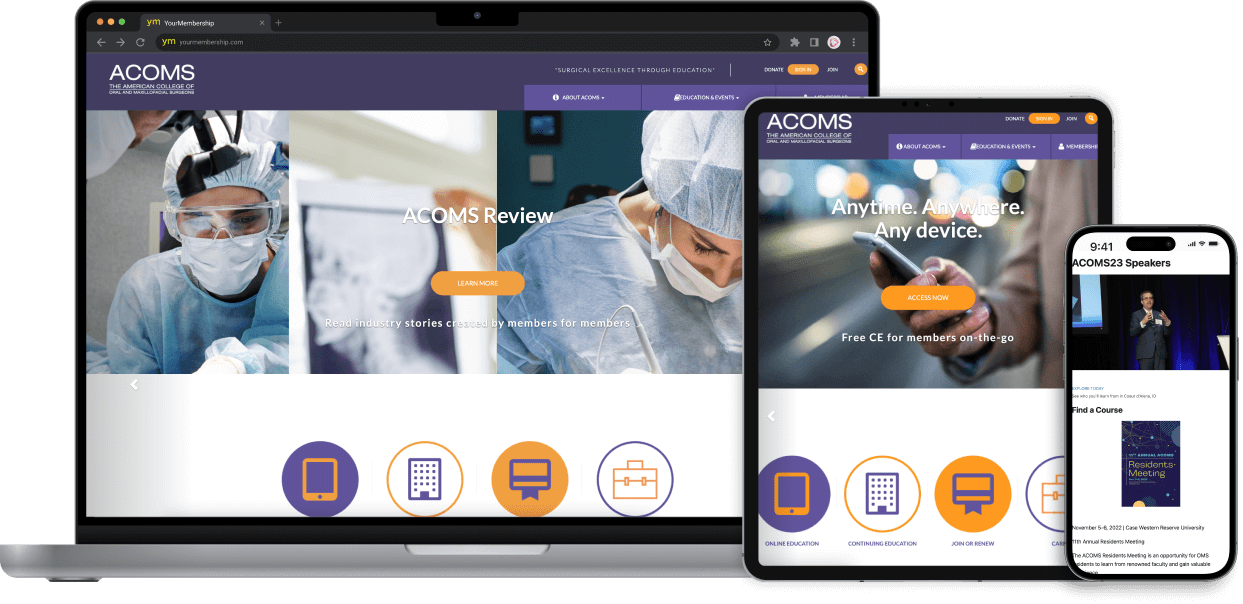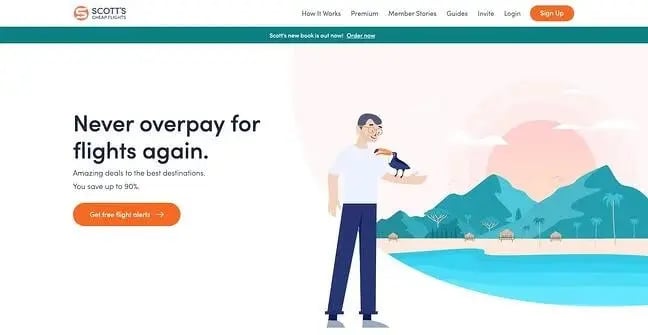The Importance of Mobile-Friendly Website Design
The Importance of Mobile-Friendly Website Design
Blog Article
Boost Interaction With Ingenious Web Site Style Solutions
A thoughtfully crafted customer experience, underpinned by tactical aesthetic layout and interactive components, can considerably improve user involvement. By exploring different techniques such as receptive style and tailored web content, companies can develop a platform that not just mesmerizes customers yet likewise fosters long-lasting commitment.

Recognizing User Experience
Recognizing user experience (UX) is important for developing efficient site layout remedies, as it straight influences exactly how users connect with digital systems. A detailed UX method includes various aspects, including use, customer, and ease of access satisfaction, every one of which contribute to the general effectiveness of a web site.
To start with, use concentrates on just how conveniently individuals can navigate and locate the details they seek. Availability makes certain that all individuals, including those with disabilities, can successfully interact with the site.
In addition, understanding user identities is crucial for tailoring the experience to satisfy certain audience requirements. By conducting individual research and testing, designers can gather insights that educate style decisions, making certain the site not only fulfills aesthetic objectives yet also fulfills functional demands. Ultimately, a thoughtful method to UX style promotes engagement, urges retention, and improves overall individual satisfaction, which are important for the success of any kind of electronic platform.
Visual Style Techniques
Including efficient visual style methods is essential for catching customer focus and boosting the overall individual experience on a site. A well-thought-out visual pecking order guides customers with the material, enabling them to quickly absorb and browse information. This can be achieved via the strategic use typography, color design, and spacing, which collectively develop a engaging and natural format.
Color plays an essential duty in establishing and evoking emotions brand identity. Utilizing a well balanced shade palette that aligns with the brand's ethos can foster experience and trust fund. Additionally, including high-quality images and graphics enhances aesthetic appeal and can substantially improve customer interaction.
Whitespace, typically ignored, is just as crucial as it enables material to breathe and prevents overwhelming customers with clutter. It helps with simpler analysis and understanding, bring about a much more pleasurable surfing experience.
Last but not least, consistency in style elements-- such as switch fonts, styles, and symbols-- guarantees a smooth customer journey, reinforcing the brand name's expertise. By tactically applying these visual style methods, websites can not just draw in site visitors but also motivate them to remain longer and engage more deeply with the web content.
Interactive Components for Interaction
Engaging individuals effectively often pivots on the execution of interactive components that invite participation and promote a vibrant searching experience. These components, consisting of tests, polls, and interactive infographics, urge users to actively participate instead of passively consume web content. By incorporating such attributes, internet sites can not just catch interest but also boost customer retention.

Gamification is one more powerful strategy. Incorporating game-like elements, such as achievements or rewards for completing jobs, can transform ordinary interactions into delightful experiences. This approach not just enhances involvement but likewise motivates users to return, developing a devoted target market.
In addition, interactive aspects can help with social sharing, amplifying an internet site's reach. Functions like remark areas, share buttons, and user-generated web content areas foster community communication, turning site visitors right into active individuals. website design. Inevitably, the critical usage of interactive elements is essential for description developing a engaging and compelling internet site that resonates with individuals
Flexible and responsive Layout
A properly designed site must prioritize receptive and flexible design to ensure ideal individual experiences throughout a selection of gadgets and display sizes. Responsive design employs fluid grids and versatile photos, permitting the design to automatically change based upon the viewer's screen size. This method guarantees that users can quickly browse and interact with the material, despite whether they are making use of a tablet, desktop computer, or smart device .
In contrast, adaptive design uses predefined designs that are customized to specific device categories. This indicates that the web site detects the kind of tool being made use of and offers the appropriate layout, which can boost loading times and enhance the display screen of essential components. While both approaches intend to boost use, responsive style is typically favored for its fluidity and seamless transition in between gadgets.
Incorporating adaptive and responsive style not only enhances user fulfillment however additionally positively impacts online search engine positions. Internet search engine focus on mobile-friendly websites, hence raising presence and bring in even more visitors. Spending in these design methods is important for services looking to engage their target market properly and maintain an affordable edge in today's electronic landscape. website design.
Analyzing Individual Feedback and Data
User responses and data evaluation are vital components of efficient website layout, as they offer useful insights right into user actions and choices. By systematically gathering and taking a look at user comments with surveys, functionality testing, and analytics devices, designers can determine discomfort points and locations for enhancement. This data-driven method enables organizations to fine-tune their site components, guaranteeing that the customer experience straightens with address target market assumptions.
Analyzing metrics such as bounce rates, time on web page, and click-through rates offers a quantitative point of view on individual involvement. These metrics aid developers recognize which content resonates and which areas may require optimization. A/B screening can be employed to evaluate variants in design, allowing developers to make educated choices based on user interactions.
Including user comments not only enhances internet site functionality but likewise promotes a sense of community and count on. Engaging with individuals via feedback loopholes cultivates commitment and motivates repeat check outs. Eventually, leveraging individual responses and data evaluation is indispensable to producing a dynamic, user-centered site that adjusts to evolving customer demands and preferences, thus driving greater engagement and fulfillment.
Verdict

A thoughtfully crafted customer experience, underpinned by strategic aesthetic design and interactive aspects, can dramatically enhance customer engagement.Including effective visual design techniques is vital for catching next user interest and boosting the overall user experience on a web site.Customer feedback and data evaluation are important elements of reliable website style, as they give valuable understandings into user actions and choices. Ultimately, leveraging individual feedback and information evaluation is important to creating a vibrant, user-centered website that adjusts to advancing individual demands and preferences, thus driving higher engagement and complete satisfaction.
In verdict, ingenious web site design remedies considerably boost customer interaction by focusing on user experience, employing efficient aesthetic approaches, and integrating interactive aspects.
Report this page